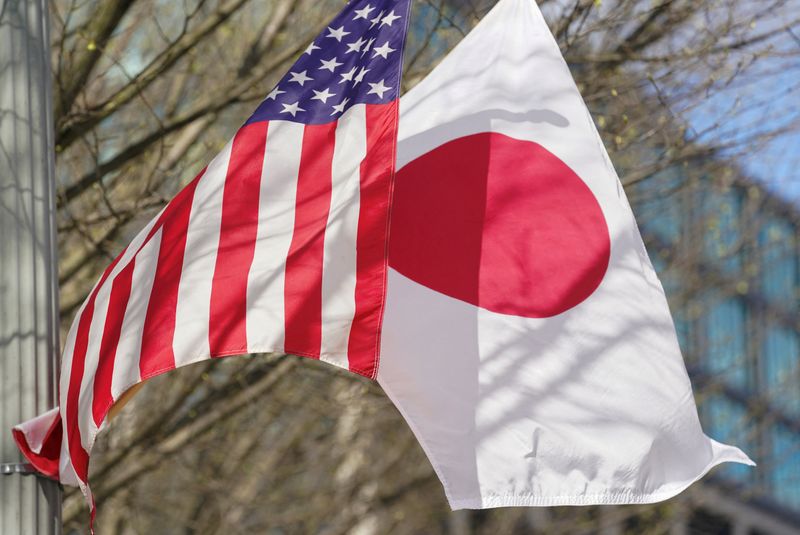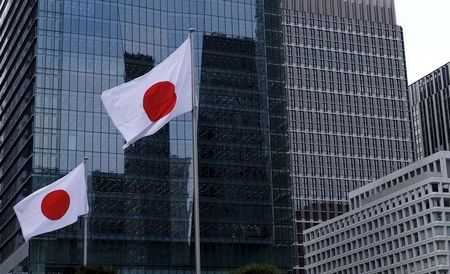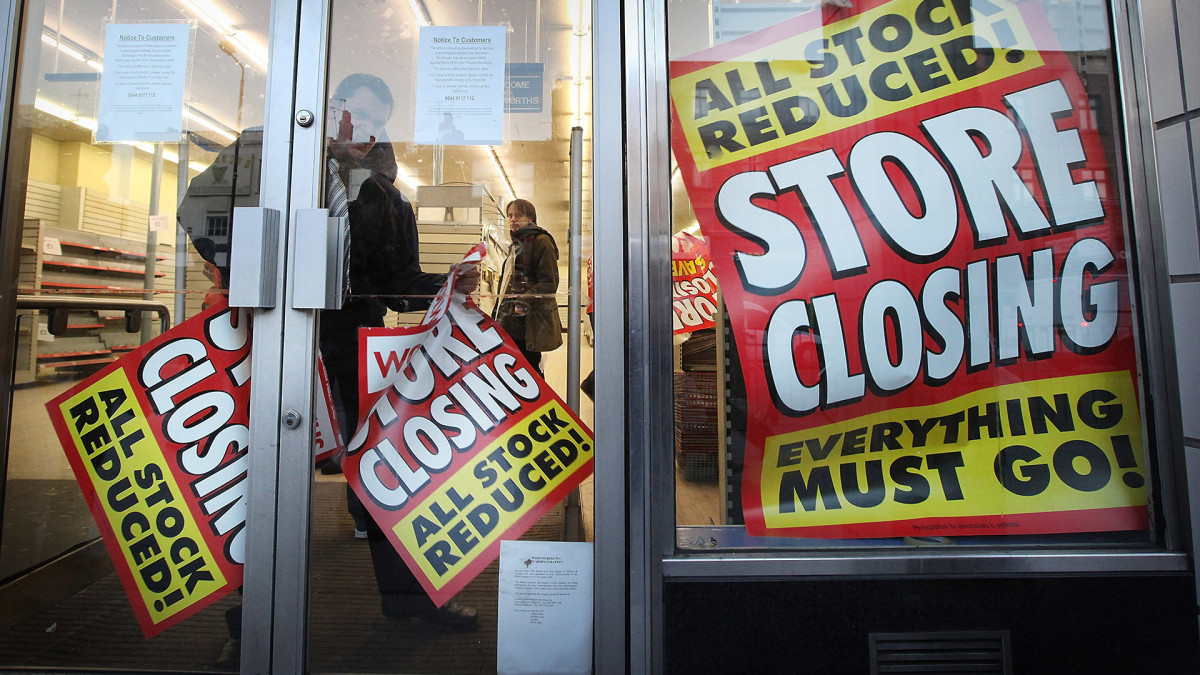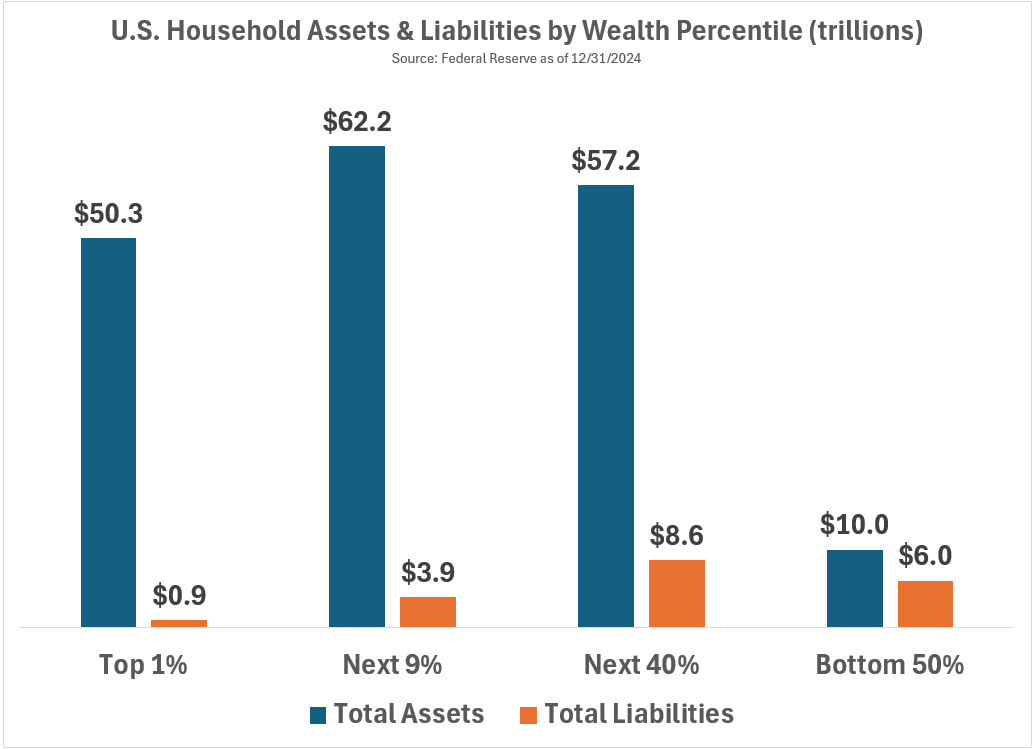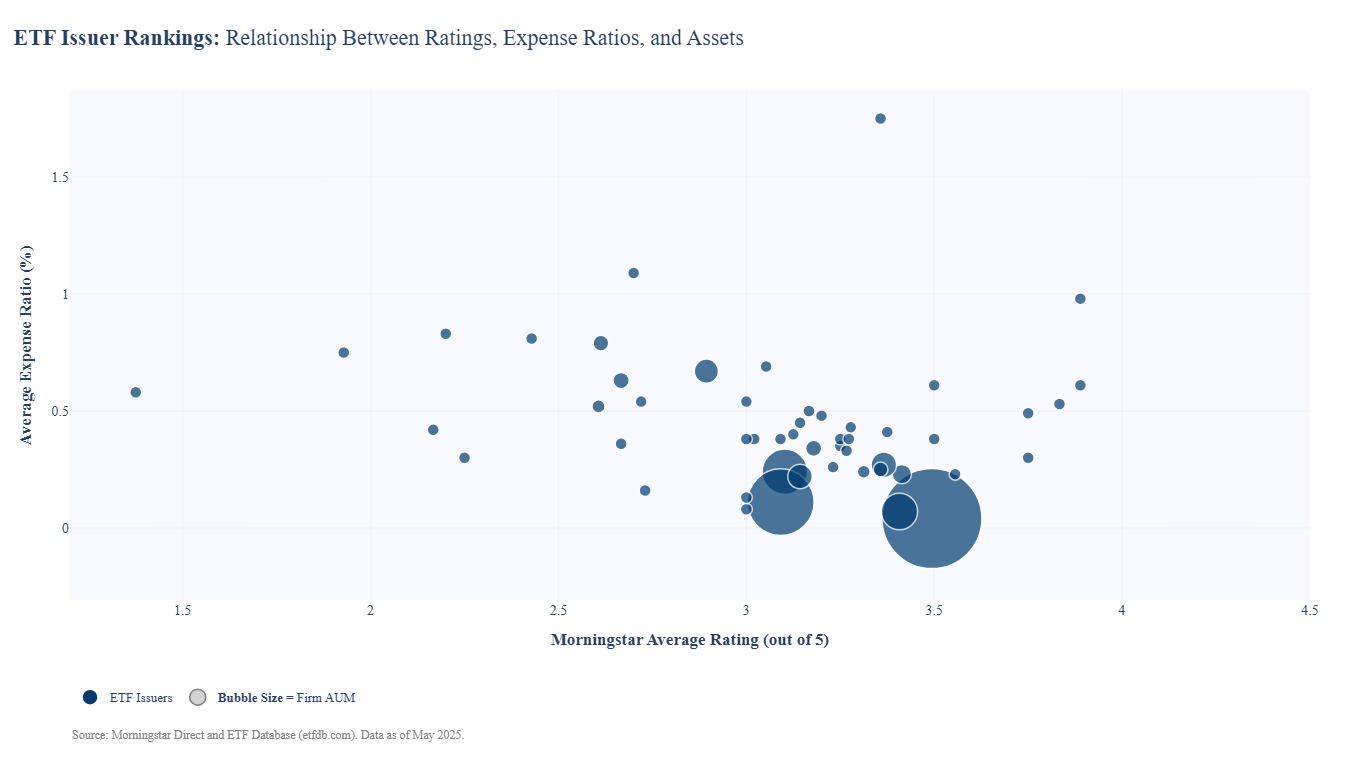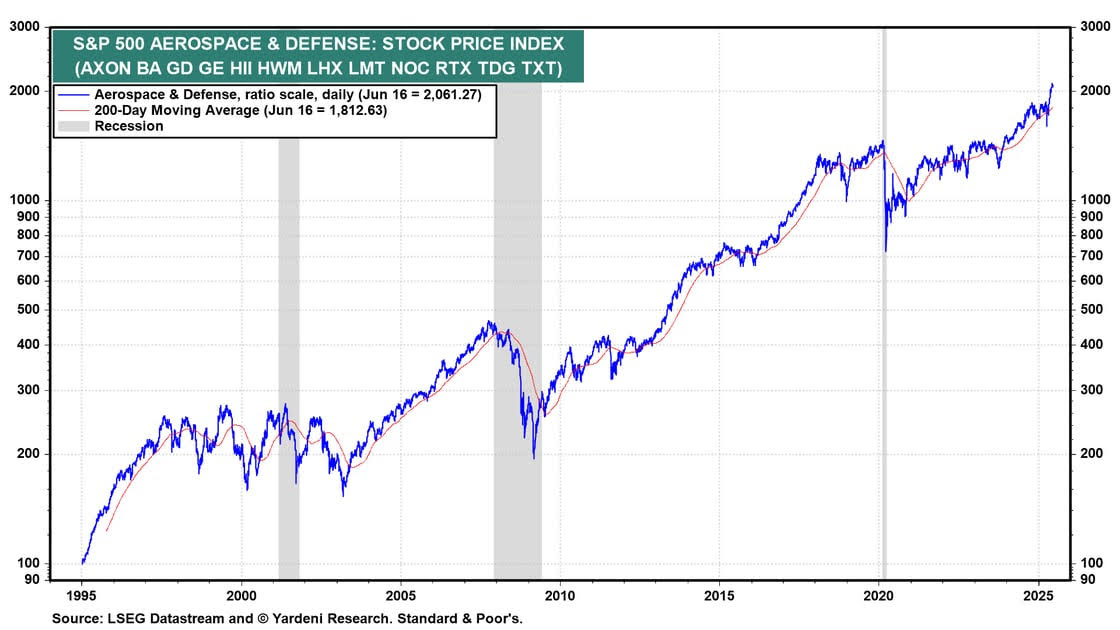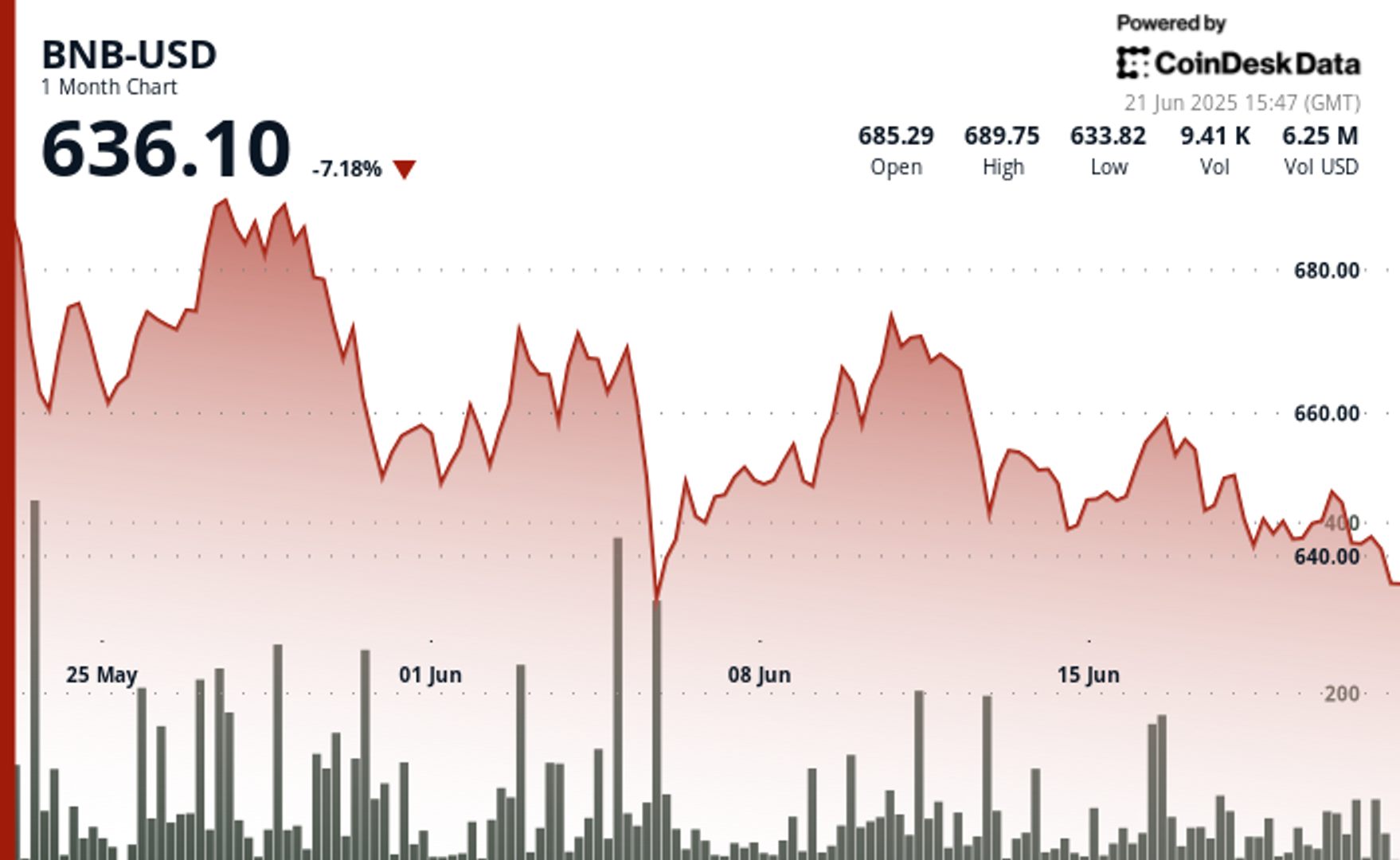Lululemon makes drastic cuts as part of strategy change
Lululemon is under pressure as sales slow and tariffs loom.
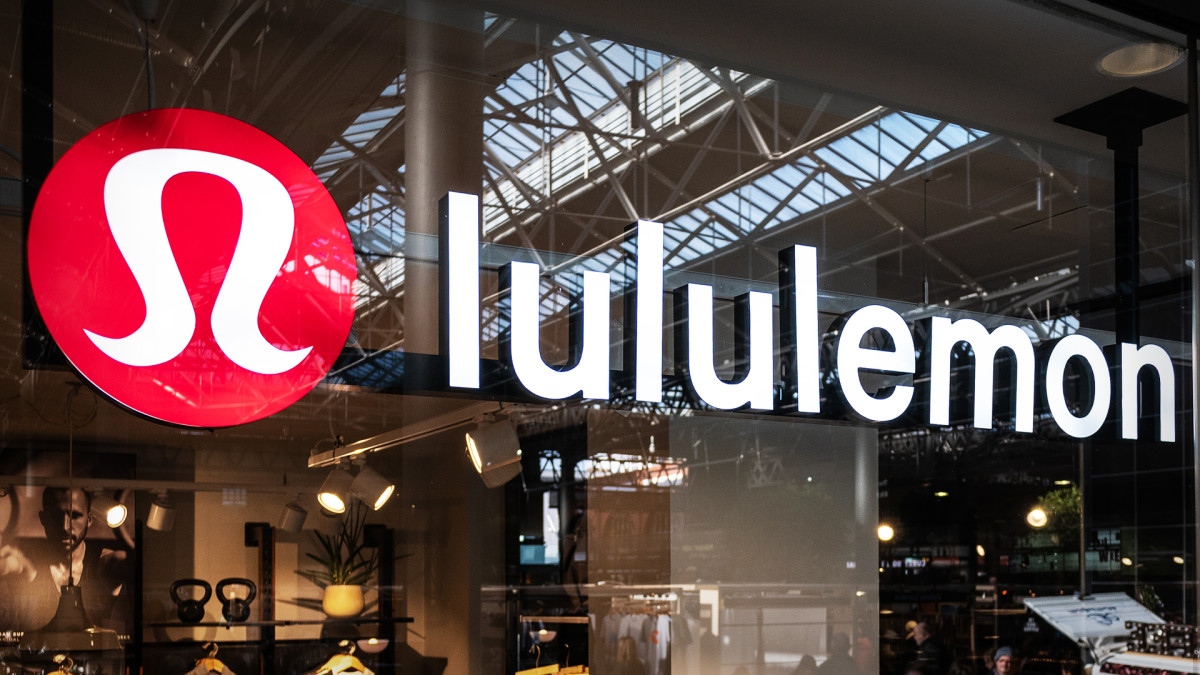
Lululemon was the brand that always seemed to defy the odds.
It didn’t chase trends. It rarely ran sales. It didn’t flinch — even when the rest of retail did.
For years, it was the blueprint for premium. The brand built an empire on $98 leggings, loyal shoppers, and the belief that its product was simply better.
And honestly? It was. I still remember the first time I bought Aligns. Expensive? Yep. But worth every penny.
That confidence paid off...until now.
Related: Lululemon's summer shorts, shirts frustrate some fans
Because something has shifted.
Consumers are pulling back. Competitors are catching up. And with tariffs threatening to eat into margins, even Lululemon is starting to look shaky.
This isn’t just about external pressure — it’s about identity. A brand that once refused to blink is now making moves that suggest it doesn’t have a choice.
The cracks are showing. And for a company built on discipline and control, that’s a big deal.
Lululemon just made a significant move that suggests a reset may be underway. Image source: Shutterstock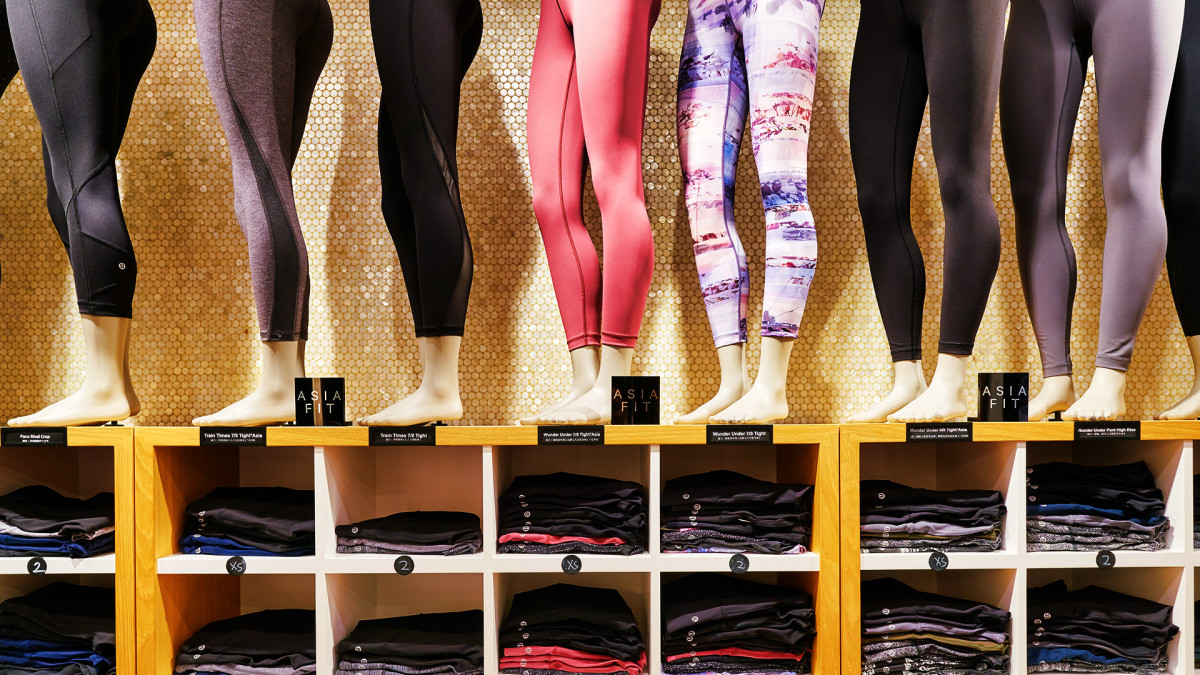
Lululemon lays off 150 employees amid sales and tariff pressure
According to Seeking Alpha, Lululemon announced it’s cutting about 150 corporate roles, primarily at its Vancouver headquarters, as part of a broader strategy shift.
The move comes as the company grapples with slowing growth, rising input costs, and new U.S. tariff threats that could squeeze its margins.
Lululemon’s comparable sales in the Americas fell 2% in Q1, marking a clear slowdown in core markets, according to the 2025 Q1 earnings.
In its latest earnings call, CEO Calvin McDonald said the cuts were focused on store support centers and framed them as a way to "simplify" the business.
The company is also weighing promotions more heavily than usual and signaled it could raise prices selectively on some items to offset the impact of tariffs.
Related: Lululemon rival, Alo Yoga sued over social media claims
That’s a risky move when demand is already soft, especially for a brand that built its identity on full-price loyalty.
Lululemon’s heavy reliance on suppliers in Southeast Asia and China makes it especially vulnerable as trade policies shift.
The company's stock (LULU) has fallen nearly 40% year-to-date in 2025, reflecting growing investor concern over the company’s exposure to rising costs and softening demand.
That’s a sharp shift for a brand once seen as nearly recession-proof.
What Lululemon’s layoffs reveal about its next chapter
On the surface, 150 jobs might not seem like a massive cut. But for a brand that rarely talks about contraction, the signal is loud and clear: Lululemon is bracing for impact.
The company is trying to protect its profit margins while preserving brand equity. It’s a delicate balance in today’s athleisure market, especially in a category where discounting too much can dilute long-term value.
But holding prices steady while costs rise isn’t easy, either. Shoppers are more price-sensitive.
Rivals like Vuori and Alo are growing fast. And Gen Z isn’t as loyal as past Lululemon generations.
If the company can weather the storm and stick to its premium positioning, these cuts could help reset operations without losing momentum.
But if sales continue to stall or if price increases backfire, Lululemon could be forced into more drastic territory.
The brand is still powerful. But this shift is a reminder: even the strongest players have to evolve. And right now, Lululemon is evolving because it has to.
Related: Luxury may have lost its mind, and this bizarre toy is proof







